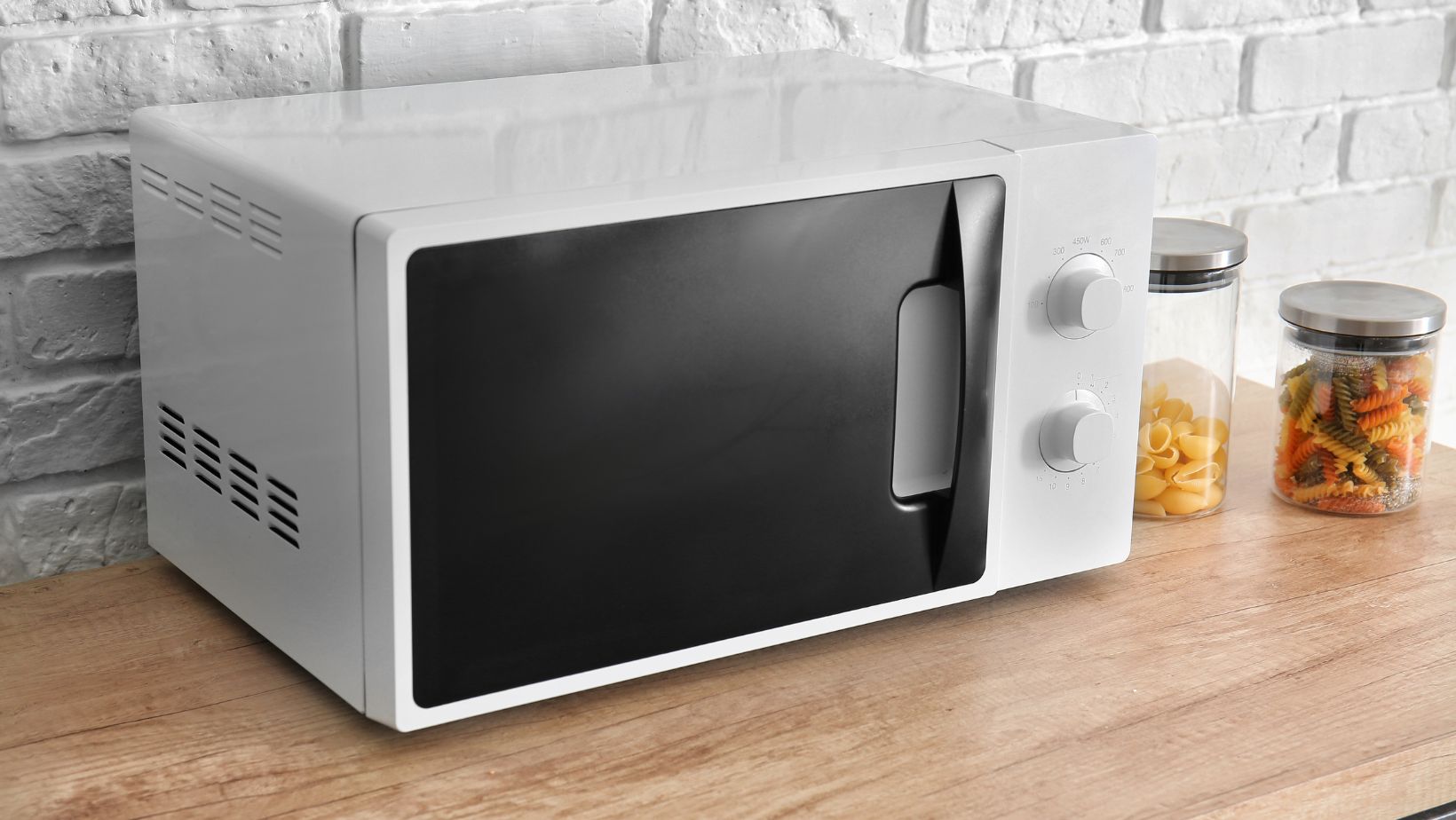What are Microwave Filters?
Microwave filters are important components in wireless communication systems. They help to pass or reject the microwave frequency signals. They can also separate the signals that are close in attenuation, frequency, and unwanted signals. It blocks unwanted frequency signals.
This selective control of frequencies helps to maintain a reliable and noise-free signal. Besides, it also helps with overall system performance.
The first thing to do when you are designing a new filter is to figure out the frequency range of your electronic components or system. Then, based on the frequency range of your system, decide the range of frequencies you want for the overall operation of the system and also figure out which frequencies to reject.
This helps you figure out the right filters for your needs. So, before starting further on RF and microwave filters, let’s first check out the types of filters that you can use in your project or devices.
Types of Microwave Filters
You can find various types of microwave filters with unique features and applications. Some of the most common microwave filters include:
Low Pass Filters
Low Pass Filters allow all the signals below the specific “x” cut-off frequency to pass. While it attenuates all the higher frequencies. They are commonly used to remove the high-frequency noise from the signals.
The filter design determines its frequency response.
Application of Low Pass Filter
You can find the low-pass filter in the following applications:
- A low-pass filter is used for audio processing. It helps to remove the high-frequency noise. Furthermore, in image processing, you can find the low-pass filter used to blur the images.
- Similarly, you can find the low pass filter in data communication. In a communication system, you can find this filter limiting the bandwidth of the transmitted signal.
- If you are doing your electronics project, then there is a high chance that you need a low-pass filter to have a clean and stable DC collage for your electronic components.
High Pass Filters
A high-pass filter allows the signals above certain “x” cutoff frequencies to block all low-frequency signals opposite to low-pass filters.
It blocks all the DC offsets or unwanted low-frequency noses from the signal.
Application of High Pass Filter
High-pass filters find application in various fields, including:

- In RF and microwave circuits, high-pass filters separate RF signals from DC or low-frequency components.
- The most common use of high-pass filters is in the biomedical industry. This filter reduces the drift and motion deviations from signals like ECGs and EEGs. This helps to remove the signal analysis by removing the useful data.
Band Pass Filters
A bandpass filter allows the signal within a certain frequency range, called a passband, to pass while blocking all other frequencies outside that range.
It is commonly used to isolate the specific frequency bands in a signal, rejecting all other frequencies outside that range.
Applications of Band Pass Filters
- Bandpass filters are common in RF and microwave circuits to amplify specific frequency bands, rejecting all unwanted frequencies.
- Bandpass filter is used in medical imaging systems like CT scanners and MRIs. Here, they isolate the specific frequencies associated with diagnostic information by suppressing noise and unwanted signals.
- It is used in wireless communications systems to amplify certain frequencies, enhancing signal clarity.
Design Challenges in RF and Microwave Filter
Working on RF and microwave filters has always been one of the most challenging engineering designs. It’s because of the challenging nature of microwave frequencies and the requirements of many applications. So, here we will check out some of the key challenges in this RF and microwave filter are discussed below:
Frequency Range
Microwave frequency typically operates in the wide range of 3-300 GHz. To design these filters that are used to pass the signals accurately within such a narrow frequency, it needs precise and accurate control of the component values and their tolerance.
Insertion loss
In microwave filters, minimizing the insertion loss can be fatal. It can be challenging to achieve low insertion loss while maintaining desired filter characteristics, especially at a time when the frequencies are higher and the losses become more significant due to the parasitic effect.
Material Limitations
The materials used have a significant impact on the performance of the filter. For this filter design, materials with low loss and high permittivity are desirable. However, it’s challenging to find the perfect material with the required properties, considering cost constraints.
High Power Handling
In power amplifiers and radar systems, filters should withstand significant power levels without degrading performance.
The traditional method of filter design struggles with high power, signal distortion, overheating, and also the failure of the component.
Stopband Attenuation
High stopband attenuation is required by microwave filters to reduce out-of-band interference and preserve signal integrity. It can be difficult to design filters with adequate stopband attenuation without sacrificing too much passband insertion loss, especially for wideband applications.
Design Solutions in RF and Microwave Filters
Designing microwave filters poses several challenges due to high-frequency operations. Thus, let’s check out how these challenges could be solved effectively below:
Frequency Stability
Designer should focus on maintaining a stable frequency for the proper functioning of the microwave filters.

One way you can maintain stability is to use high-quality materials. It will maintain the frequency consistently in various conditions.
Passbaand Ripples
Passband filters can distort the signal passing through them, which leads to unwanted variations. To address this issue, designers can use advanced design techniques, including precision manufacturing processes. It helps to maintain the ripples and ensures a proper and smooth passband response.
Stopband Attenuation
It refers to the filter’s ability to suppress unwanted frequencies outside of the passband. Thus, by properly designing the filter parameters, you can enhance the stopband attenuations.
Power handling Capacity
RF microwave filters should handle the high power levels without degrading the signal. The proper selection of robust materials and the use of efficient heat dissipation techniques should happily solve this issue in filter design.
Insertion Loss
The loss of signal strength while passing through the filter is known as insertion loss. You have to maintain this challenging insertion loss in your filter design to maintain the signal integrity and maximize the efficiency of the system. For this, you can use advanced design optimization techniques and the use of low-loss materials to minimize the insertion loss.
Conclusions
Designing microwave filters for wireless communication systems presents wide challenges because of the unique nature of microwave frequency signals.
In the design process, understanding frequency range and system requirements is crucial to addressing the challenges in filter design. You should focus on high-quality materials, advanced design techniques, and efficient heat dissipation methods to properly overcome this challenge.
By properly and continuously advancing the design techniques, designers can have greater accuracy and can develop high-performance microwave filters.


More Stories
The Technology Behind Virtual Receptionist Services
Crypto And Cards: The Fusion Of Blockchain And Betting
Tool Overload: Why Less Software Sometimes Means More Progress